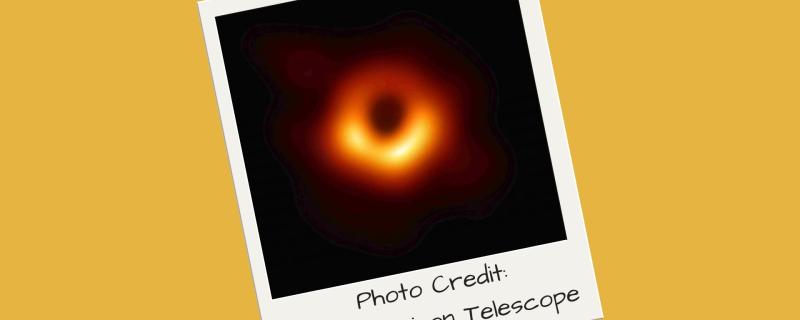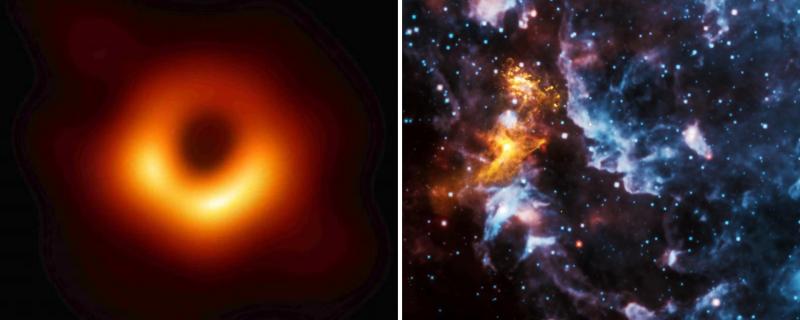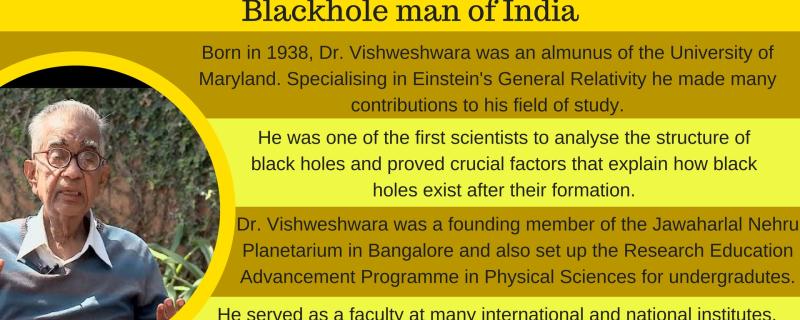Researchers investigate the effects of dark matter particles on the growth of black hole shadows.
A new review reveals that rising global temperatures, increased pollution, and extreme weather events are driving a global surge in eye diseases, disproportionately affecting vulnerable communities and challenging healthcare systems.
Roorkee/

![The first ever photograph of a black hole at the centre of M87. [Image credit: Event Horizon Telescope Consortium] Black hole shadows could throw light on dark matter](/sites/researchmatters/files/styles/large_front_800x320/public/20190410-78m-4000x2330.jpg?itok=lFGaANOS)


